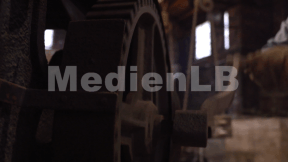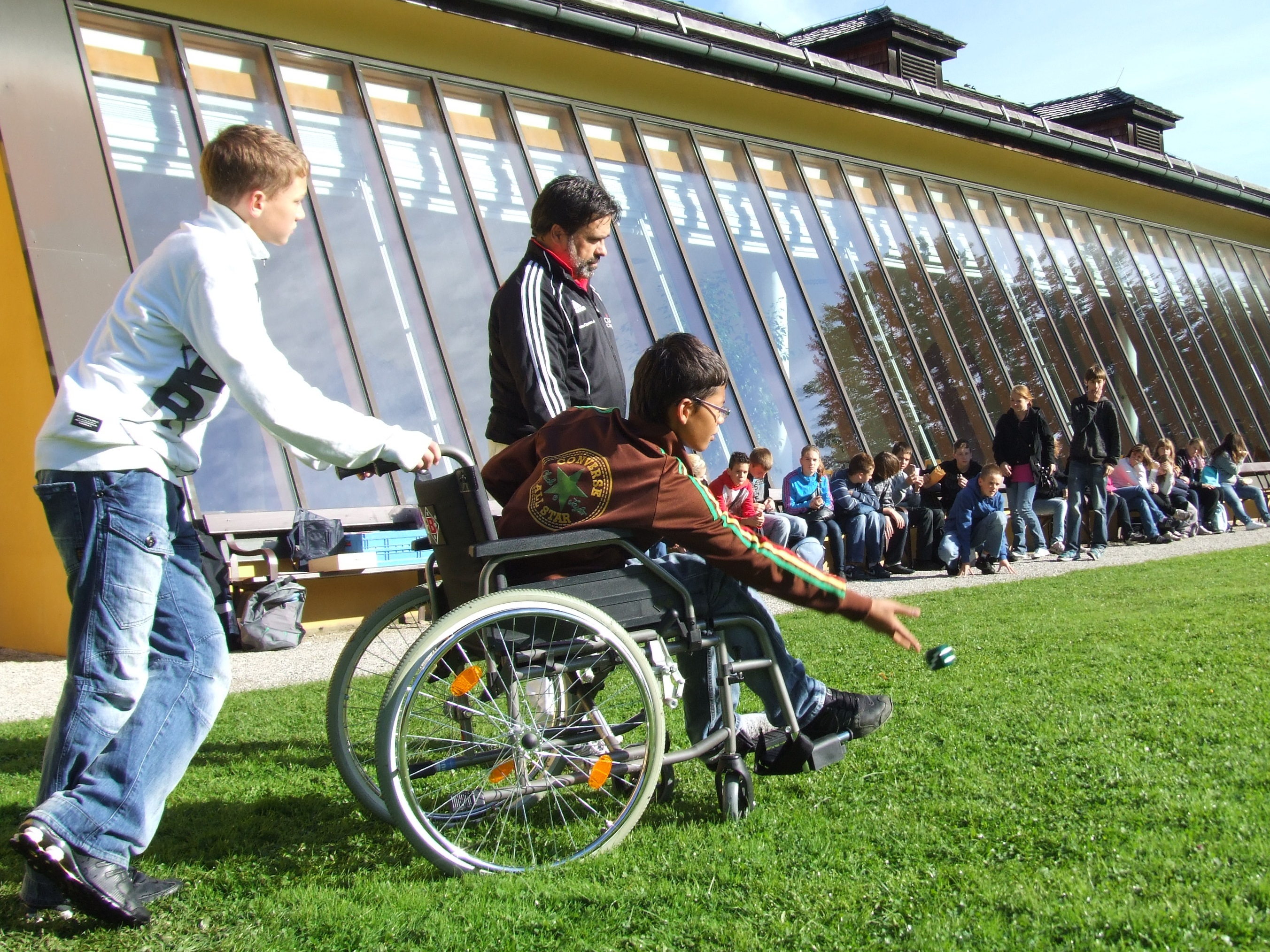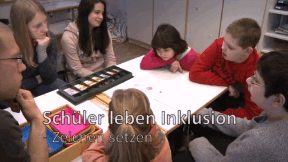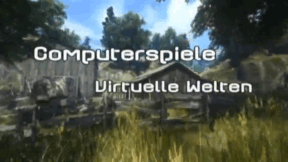 Physics
Physics


46503508 / 55502982
Gravity
Attraction of masses
Gravity is the force that pulls something to the ground. It ensures that everything falls downwards. Like every force, it has a direction, namely towards the centre of the celestial body. The film vividly shows the development of the law of gravity from Isaac Newton through the further development by Albert Einstein, who described that gravity not only causes bodies to attract each other, but also causes space to curve around a body. Space and time are no longer absolute, fixed quantities, but changeable. In this context, astrophysicist Harald Lesch explains very impressively how black holes are created and how the orbits of planets depend on gravity. In combination with the extensive additional material (classic and interactive worksheets, glossary, test questions), the medium can be used excellently in lessons. Glossary, interactive tasks and test questions were created with H5P and can be used without additional software. In the detailed data section of the DVD 88 pages of teaching and accompanying material, of which: 23 pages of worksheets and supplements with solutions 17 test questions 10 Interactive tasks
Play trailer

Curriculum-centred and oriented towards educational standards
Matching
Seal of approval
Quality seals such as the "Bio-Siegel", "Blauer Engel", "Stiftung Warentest" and up to 1,000 other seals represent characteristics such as sustainability, health or safety with regard to a product, a service or even a company.
Pupils Practise Inclusion
When people come together, no matter under what concomitant circumstances – ultimately, it is about how these people meet and how openly they interact with one another.
Computer Games
This film covers the topic of computer games in a variety of ways and from many different angles. Apart from the fascina- tion of computer games for users, the historical development as well as the production of computer games are described. The established genres are introduced, the guidelines of the German BPjM are explained. In light of recent public discussions, a neutral overview of the pros and cons of playing computer games is given, and different kinds of player behaviour are outlined. In this film, the pupils will recognise many aspects of their favourite pastime that encourage an independent, constructive use of this medium and reinforce their media competency. The film and teaching material are very closely related to the real-life situation.









